Windows Phone 8 and Windows Phone 8X by HTC Preview
by Brian Klug on October 29, 2012 2:10 PM EST- Posted in
- Smartphones
- HTC
- Mobile
- windows phone 8
- Windows Phone 8X
- HTC 8X
- WP8
Live Tiles
Probably the largest single readily identifiable change in WP8 is what’s been done with the positioning and layout of live tiles on the start screen. In WP8 there’s no longer an asymmetric layout with black bar at the far right. I’m told that internally this move away from asymmetry was something many felt strongly about since it was a big part of the original metro design language, but at the end of the day increasing the usable space for tiles on the start screen makes sense — after all, you’ve ostensibly paid for those pixels. In addition, shoppers looking at a Windows phone with those unused pixels at the sides were subjectively gauging the display as smaller than other phones on the shelf, even though sometimes they were the same size or larger.
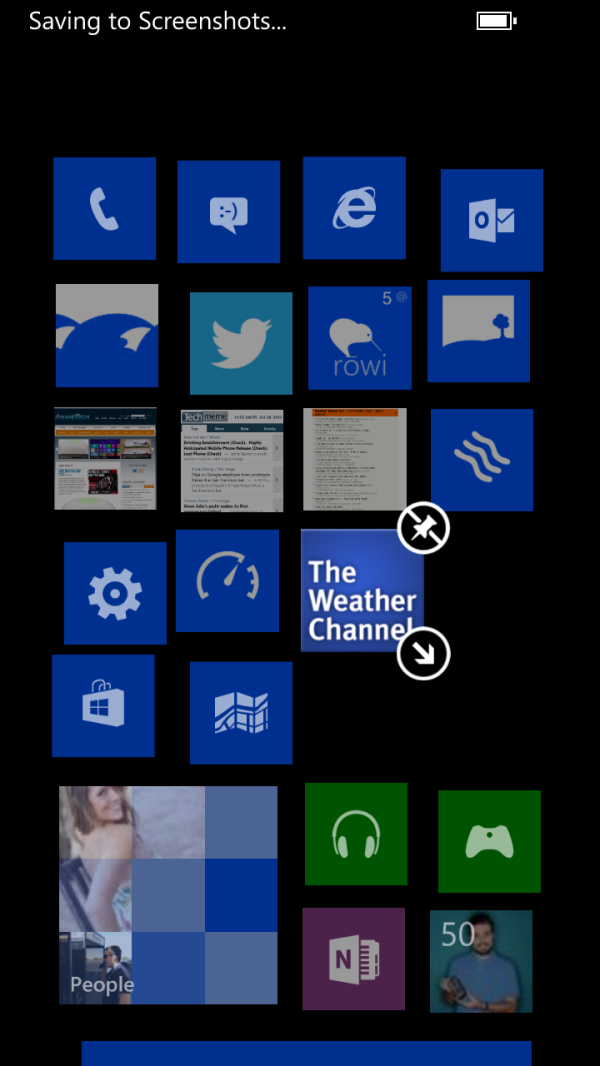

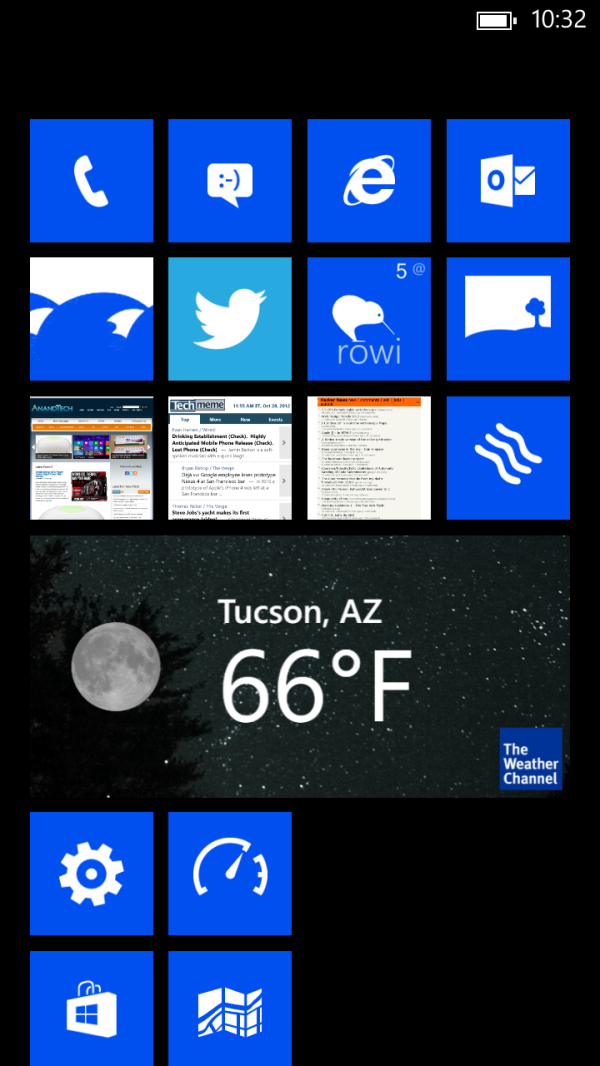
Small, Medium, Large Live Tile Sizes
The other huge change is the inclusion of a new smaller live tile size. WP7 previously had two live tile sizes, a single and double width size. The new smaller size splits the single wide size into a 2x2 grid. The end result is a fundamentally different start screen grid appearance in WP8 and WP7.8. Adding the smaller size is a definite improvement that results in a much needed increase in informational density without sacrificing too much of what made the start screen on WP7 so striking.
Applications can expose different live app information on the live tiles depending on which of the three tile sizes has been selected. The smallest size ends up usually just being a shortcut for a lot of third party apps, but Microsoft has done a good job not sacrificing too much at the smallest live tile size for their first party apps. Apps that haven’t updated to support WP8 yet only expose the smallest and single wide sizes, which are mandatory. Only newer apps can expose the double wide size from what I’ve encountered, and that size is actually optional.
Lock Screen
Another big user-facing change is to the lock screen, which now allows for much more customization. Previously the lock screen would show upcoming calendar events at the bottom in a detailed view, in WP8 this now can be changed to reflect either unread messages, emails, or even metadata from applications that talk through an API. There’s a list under the lock screen settings page which lists the available options. The background on the lock screen similarly can be customized by applications or remain set to just a static image.
At bottom are also five smaller tabs which can show statuses as well, for example the number of missed calls, unread messages or emails. These can also show data from third party applications. The result is more customization for the lock screen which previously was relatively immutable besides the calendar detail information at the bottom. There’s another change to the unlock PIN workflow as well which forces the user to enter a phrase upon final password entry attempt. The goal there is to lessen accidental device wiping if you’re quickly typing the PIN but getting a key wrong.
Along the lines of the lock screen is another new feature which has been dubbed “Kid’s Corner.” In reality kid’s corner is more of a guest’s corner, and is a rough approximation of multiuser support for smartphones. You can basically guess what this is — device owners can granularly select apps, videos, photos, and music that can be accessed in the guest view, which gets its own theme and start screen layout. This can be launched by sliding the lock screen to the left rather than up. The goal is to have a small walled garden of content and applications on the phone for use either by a child or guest, and prevent embarrassing email replies or tampering. Again, I view this more as a realistic mitigation for prankster friends changing their contact details, texting others as me, though the kid-access perspective makes sense as well.
Unfortunately the actual implementation lacks a guest account sandbox for applications, which is what it really needs to be a true multiuser approximation. At present, if you grant access to a particular application, the user data sandbox goes along with it, meaning if I tick the box for Twitter, the credentials go along with it. What is nice is that links to the browser don’t include the address bar, which does help prevent escaping the walled garden somewhat.
Maps
Apple and Google aren’t the only one implementing vector maps this refresh, and in WP8 Bing Maps gets an update which leverages some of Nokia’s own mapping infrastructure and expertise. The new maps application again includes vector streets, points of interest, labels, and assets. In aerial view the streets remain vector and get overlaid atop the aerial photography.
The application is consistently performant and Nokia’s considerable GIS experience really helps out here. In addition the new application adds the ability to cache map assets offline by region or country.
Improvements to the Hubs
One of the major original differentiators for Windows Phone was the concept of hubs — a number of applications designed to bring together various workflows under one easy to understand roof. Each successive update to the platform has brought steady improvements to those hubs, and this wouldn’t be an update without more of that happening. The People hub gets tweaked with the addition of two major new features, Groups and Rooms.
With Groups, you can create a custom list of people to follow and view details about. This is the mitigation for how sometimes the People tab would cause everyone to get lost in the background noise with so many updates and details from everyone in your contacts list. I created a small group with friends and it works as expected, essentially creating a smaller filtered view.
Rooms is an entirely new concept that leverages a number of Microsoft products. Rooms is an invitation-only space for a group of people to chat with each other, share a calendar, and share photos. A room concept could be a family sharing information back and forth with their schedules and photos. My initial concern was that functionality would be limited only to WP8, but Rooms also works with other platforms as well. Chat works using a special tunneled version of MSN messenger under the hood, but the other two are relatively painless — calendar exposes itself as CalDAV, and the shared photo album works through SkyDrive. Other platforms basically browse and interact through the web.


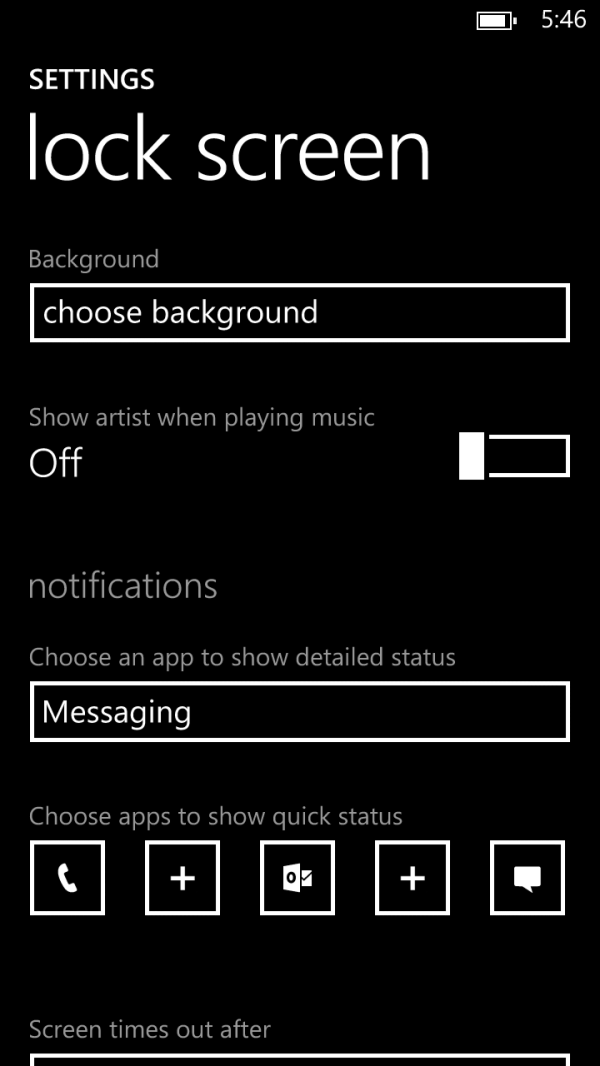
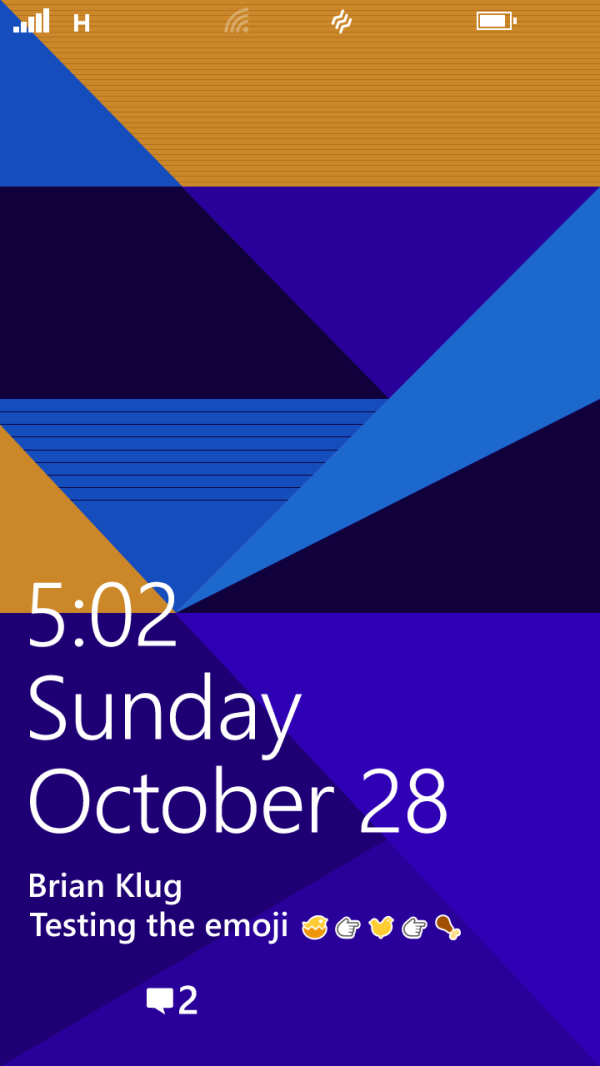
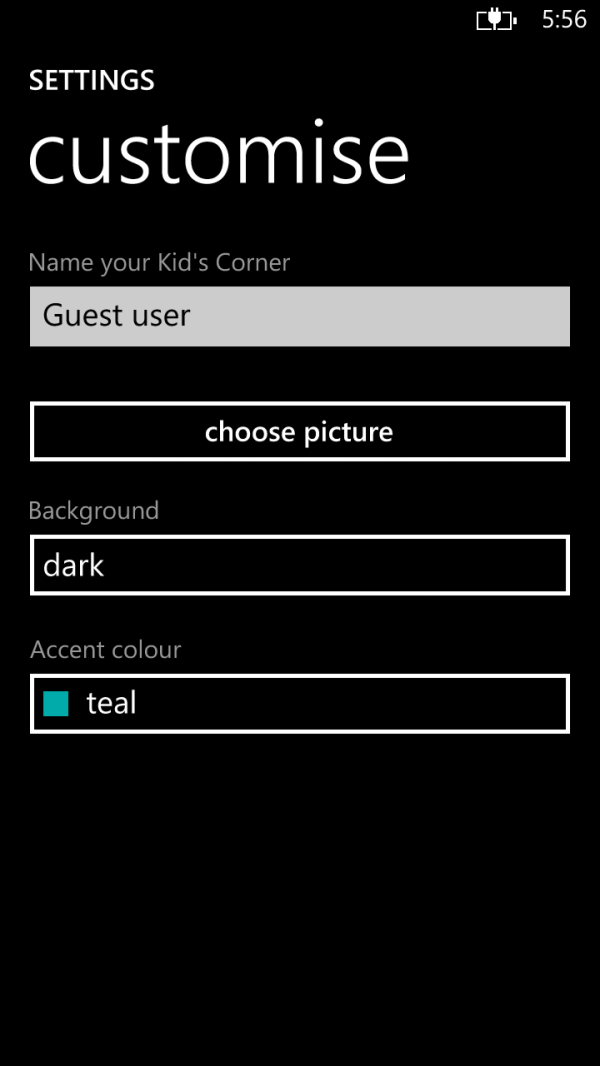
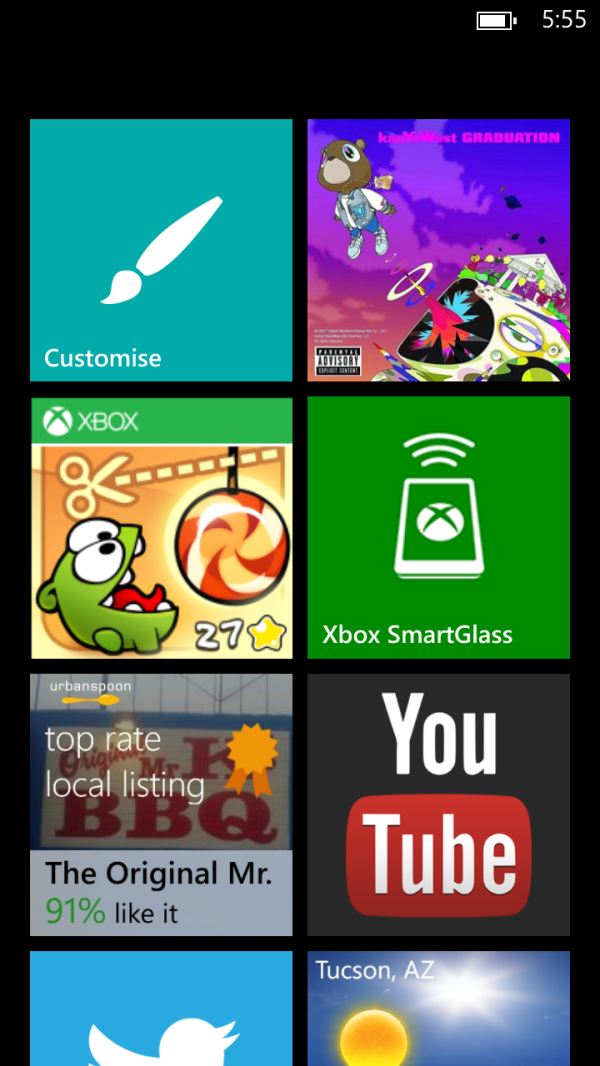
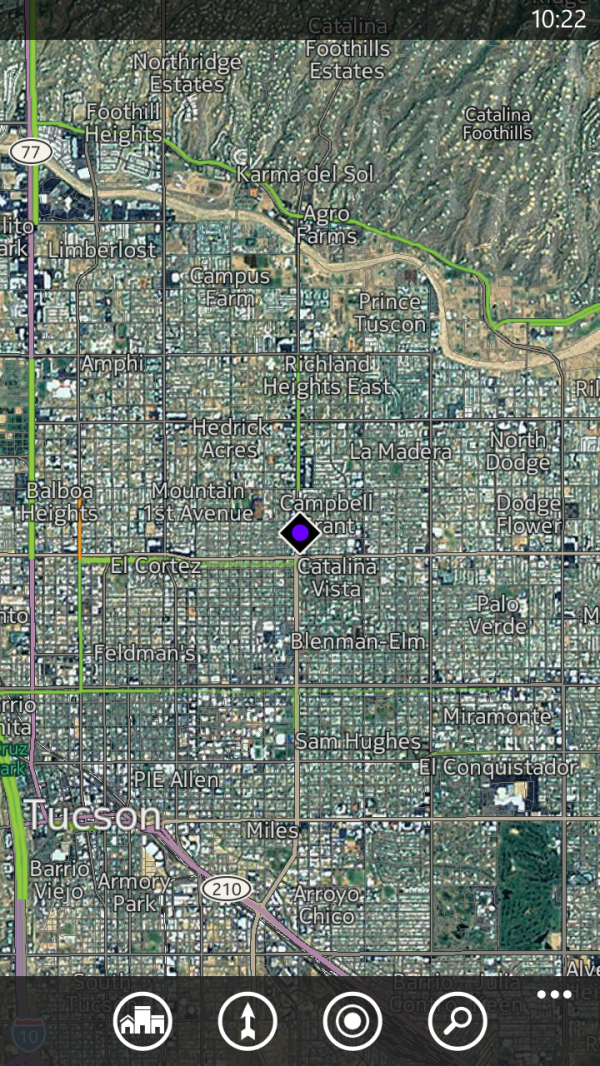
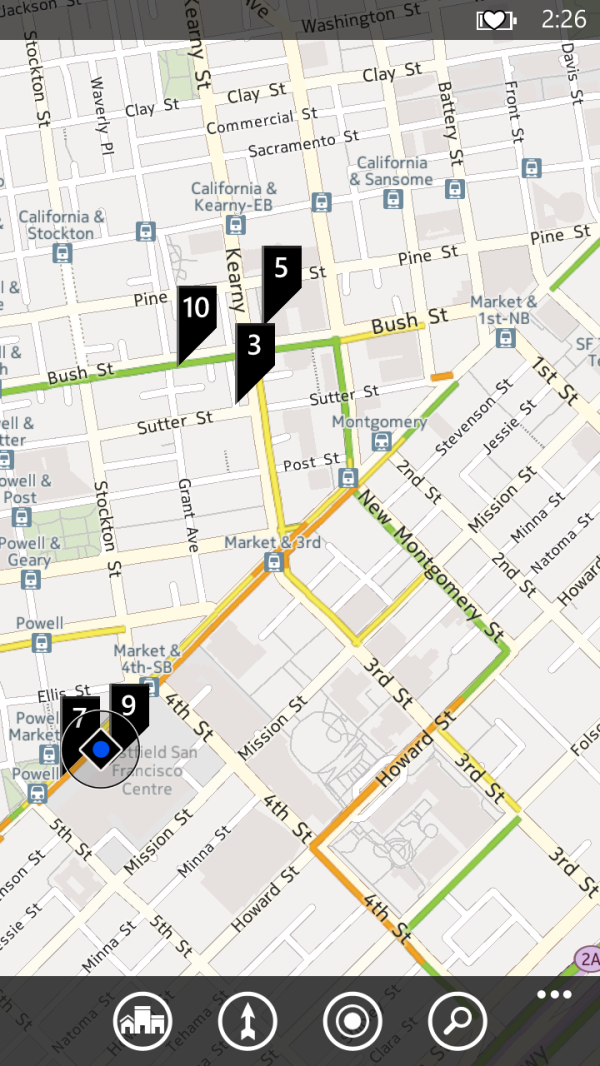








95 Comments
View All Comments
R101 - Wednesday, October 31, 2012 - link
Is there any info on bluetooth support - does Windows 8 provide phonebook entries and call history over bluetooth or not?R101 - Wednesday, October 31, 2012 - link
Windows PHONE 8, just to be more precise..Jorange - Wednesday, October 31, 2012 - link
Just to show I have no inbuilt bias, I currently own a Lumia 800, Nexus 7 / iPod Touch and Windows 8 & Linux PCs, in the past I've used OS X.A dual-core S4 (good) / Adreno 225 (Average) / RAM - 1 GB (ok) 512 MB (not good enough) These specs are just about passable for a head-end phone, but the quad-core S4 Pro with Adreno 320 is a big improvement, the A6 is excellent. ARM A15 SoC like the Exynos 5250 are already on the market, although not in a phone, Tegra 4 and Exynos 5450 will launch in Q1 to Q2 2013 and will destroy a regular S4.
People may argue that WP8 is smooth, big woof so was WP7, and so is iOS and thanks to Jelly Bean so is Android. When it comes to gaming, web browsing, apart from Sunspider (cough cheat) WP8 will age quickly. There are already reports that page loading and general app opening times are more sluggish than iPhone 5 / high-end Android, which Windows Phone like to hide with transition animations, which can irk after a while.
Will all my above comments be rendered mute by a yearly Hardware update cadence? That is the big question, if not WP8 will fail to offer the high-end attractions its rival platforms will offer, such as cutting edge games / 1080p video at 60 FPS etc because of lower spec hardware.
von Krupp - Wednesday, October 31, 2012 - link
One of the biggest differences between WP7 and WP8, though, is that Microsoft built an upgrade path into the latter. WP7 was basically locked onto the launch hardware. From what I understand, WP8 can be scaled to up to 64 cores, and supports resolutions greater than 720p. I'm sure GPU and RAM improvements will be included.Dorek - Friday, November 2, 2012 - link
"People may argue that WP8 is smooth, big woof so was WP7, and so is iOS and thanks to Jelly Bean so is Android. When it comes to gaming, web browsing, apart from Sunspider (cough cheat) WP8 will age quickly."Do you only know how to read numbers, not words? Did you see the part of the review where he mentions how hardware support will be much broader for WP8? It has support for up to 64 cores. It won't age any more quickly than Android or iOS.
Freak01 - Wednesday, October 31, 2012 - link
Once again, and I'm sure there are others who would would really like to see a proper review of the new Nokia. Anand...?ex2bot - Thursday, November 1, 2012 - link
Incidentally, isn't calling Apple primarily a hardware company a wild oversimplification? Modern Apple software: OS X, iOS, iPhoto*, iMovie*, iDVD, GarageBand*, iTunes, Pages*, Numbers*, Keynote*, Safari,* QuickTime, Aperture, Final Cut Pro, Motion, Logic, DVD Studio Pro, OS X Server, Remote, Apple Store, iBooks. Not to mention the dozens of applications associated with their operating systems.* Versions for both mobile and desktop
JNo - Friday, November 2, 2012 - link
"For the platform WP8 is absolutely an evolutionary step, rather than another dramatic re-imagining of Microsoft's vision for smartphones.""At the same time WP8 feels like a dramatic update over WP7.5"
These sentences in the conclusion seem somewhat contradictory... there might be good reasons why they are not but, if any, they are not clear to me.
tipoo - Saturday, November 3, 2012 - link
Since it's becoming very apparent that some browsers optimize around certain browser tests, wouldn't it be better to just have page load speed comparison benchmarks with a few well known websites, or an aggregate of a few?righteousdesigner - Saturday, November 3, 2012 - link
Can anyone tell me if TMO version of HTC 8x will be LTE futureproof like GSN2?